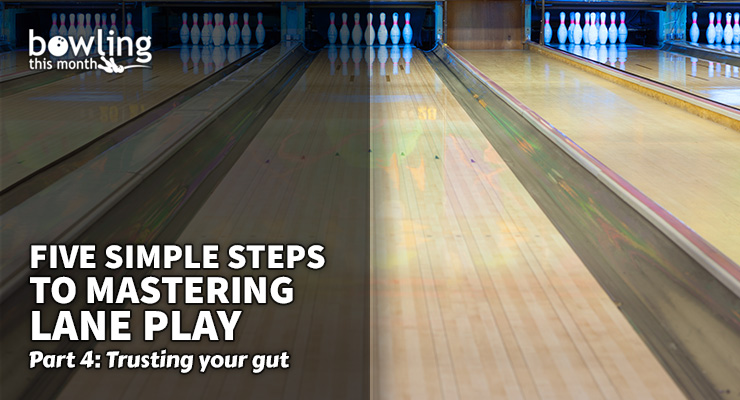It’s the gold medal match of the doubles event at the 2017 World Games in Poland. I’m coaching two of Canada’s best players: 2014 world champion Dan MacLelland and rising PBA star Francois Lavoie. In the final match against Venezuela, Francois’ ball reaction is starting to look a bit wonky. With every shot, his body language is getting worse. I can tell he’s getting confused and feeling the pressure; I need to step in.
Me: “I think you need to make a move and go to Ball X.”
Francois: “Are you sure? This ball’s close.”
Me: “One hundred percent.”
He made the move. He struck. He continued striking until Dan and Francois walked away with the gold medal.
What he doesn’t know is that when he stepped onto the approach for his first shot with the new ball, I whispered to myself, “Please be right.”
I’ve left out a few details, but the important thing to know is that there’s a lot of backstory to this moment, including:
- several years of working with this athlete, giving me a good sense of when he could use some help;
- having a good understanding of his equipment, lane play skills, and preferences;
- my own lane play instincts; and
- what we had learned throughout that week of competition about that center and pattern.
It all culminated in a gut feeling of when to step in, and what advice to give. It all happened to work out.
In my last article, I mentioned that there is often more than one way to solve a lane play problem. The better a bowler you are, the more diverse your options. In this case, Francois could manipulate his release in many ways to keep the same ball in his hand, or change to any one of four other balls in his bag. What led me to say what I said, ...
This article is only available to Bowling This Month subscribers. Click below to get instant access to this article and all of our other premium instructional content.
Subscribe to Bowling This Month
Already a Bowling This Month subscriber? Click here to log in.
Image Credits: Bowling lanes background image (©iStock.com/Suradin) is licensed for use by BTM and is the copyrighted property of its original creator.
